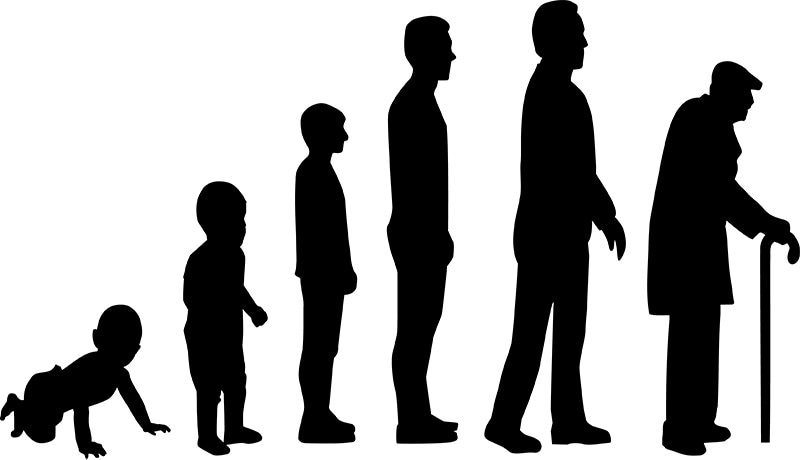Scientists from Rutgers University linked the genetic disorders Fragile X and SHANK3 deletion syndrome—both associated with autism and health problems—to walking patterns by analyzing the microscopic movements of those wearing motion-sensored sneakers.

A Rutgers study used statistical techniques and sneaker technology to examine walking patterns of young and aging adults and those with neurological conditions. Image Credit: Rutgers University.
The process identifies gait problems 15 to 20 years before their clinical diagnosis and can aid in robust intervention models to preserve brain structure and function. The research was published in the Nature Scientific Reports journal.
Walking patterns can be a revealing trait of health, but gait symptoms of disorders like Fragile X can escape the naked eye for years until they are visibly noticeable.”
Elizabeth Torres, Study Co-Author and Professor of Psychology, Rutgers University-New Brunswick
Elizabeth Torres is also the director of the Sensory Motor Integration Lab.
Given issues with anatomical differences—such as people with longer or shorter limbs—and disease complexity, it has remained challenging to use walking patterns to screen nervous system disorders more broadly, across disorders impacting people of different ages and developmental stages.”
Elizabeth Torres, Study Co-Author and Professor of Psychology, Rutgers University-New Brunswick
Around 1 in 468 men and 1 in 151 women are carriers of the abnormal gene that induces Fragile X syndrome, according to the National Fragile X Foundation. The National Organization for Rare Disorders states that more than 30% of individuals with SHANK3 deletion need two or more chromosome analyses before identification of the deletion.
Moreover, the evaluated prevalence is 2.5–10 per million births with an equal likelihood of males and females being affected. In the current research, scientists analyzed the walking movements invisible to the naked eye in 189 individuals to identify nervous system disorders.
The microscopic movements are identified by employing statistical methods devised by Torres and causal forecasting techniques devised by Rutgers graduate student Theodoros Bermperidis, along with wearable motion-sensored sneakers developed by Stevens Institute of Technology associates.
The scientists gathered gait data from many patients and individuals without any disorders employing heart rates, video, and wearable technology like a Fitbit. Participants took part in a simple walking task wearing the smart shoes that gathered an assortment of signals across the body and feet.
Torres and her group examined how the spikes obtained from microvariations in the movements’ stream, differed from moment to moment and the rate at which it differs. Rather than taking grand averages that reject these spikes as noise, the researchers analyzed valleys, peaks, and neighboring points encompassing the peaks, and resolved vital lags in the spikes’ timing.
The research offers a framework to help determine the early departure of normal walking patterns in healthy young individuals—both for Fragile X carriers and normal aging participants. The technique helps separate a random draw of the population with autism-related disorders.
Given that Fragile X and SHANK3-related syndromes remain high in other neurological conditions such as autism, Fragile X-associated tremor/ataxia syndrome, and Parkinson’s, this is an important way to detect signs of abnormal patterns.”
Theodoros Bermperidis, Study Lead Author, Psychology Department, Rutgers University
The study illustrates that gait declines normally with typical aging, but the knee, hip, and ankle joints and the leg, thigh, and foot bones are the initial limbs affected by aging.
Doctors encounter the problem of identifying a patient that comes to their office for the first time exhibiting unusual gait patterns. Torres states that biosensors coupled with analytics and the practitioners’ broad experience can together provide much more precision in diagnosis.
Source:
Journal reference:
Bermperidis, T., et al. (2021) Optimal time lags from causal prediction model help stratify and forecast nervous system pathology. Scientific Reports. doi.org/10.1038/s41598-021-00156-2.